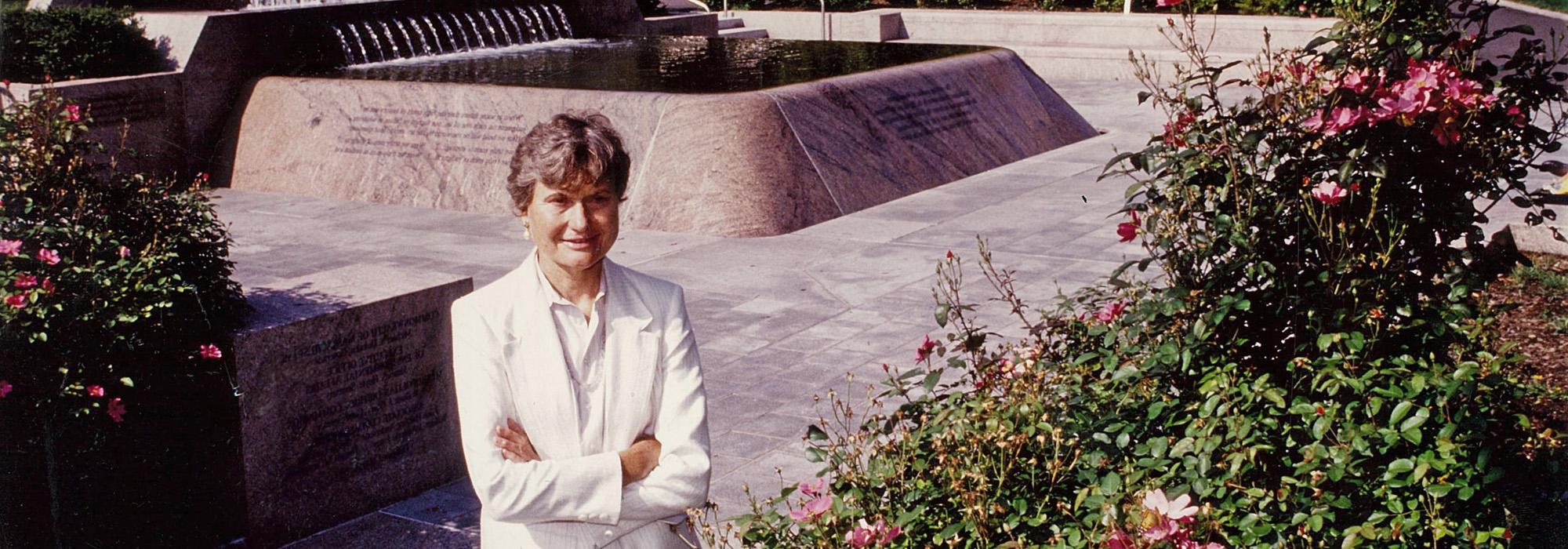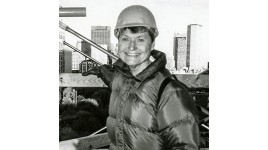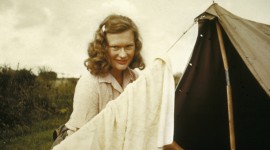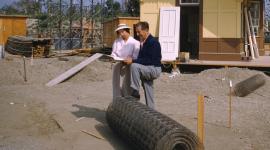Remembering Carol R. Johnson
Carol R. Johnson, founder of what became one of the largest woman-owned landscape architecture practices in the United States, died December 11, 2020, in Boothbay Harbor, ME; she was 91. She began her career with small residential commissions, then public housing projects and college campuses, followed by civic and corporate work in the U.S. and abroad.
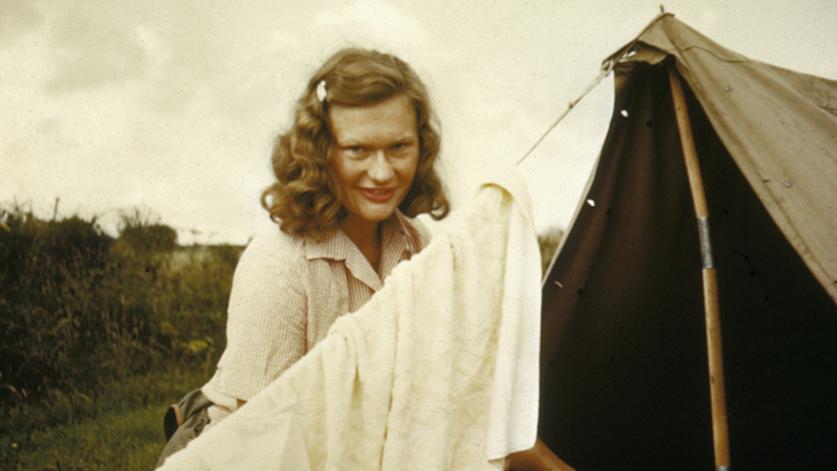
When she founded her Cambridge, MA-based firm in 1959 – a drafting table in her apartment – there were few women landscape architects working on urban design and planning issues. Early in her career she lost her first opportunity to be a prime consultant on a landscape project. It was Cambridge Common near Harvard Square. Johnson recalls one of the decision makers said: “We gave it to two good men rather than one good woman.” There were also few male landscape architects who would choose to work for a talented woman landscape architect, when they had opportunities to work for talented men. As a result, her earliest employees included artists and sculptors who, under her tutelage, learned the art, science and craft of landscape architecture.
Along with her work as a landscape architect, Johnson also made her mark as an educator at Harvard’s Graduate School of Design (GSD) and as a role model for women in the profession. Landscape architect Marion Pressley, who worked for Johnson from 1969-1983, recalls in one of her first days on the job Johnson said: “Marion … we’re women. And it is important to realize that we have to be twice as good as men at anything we do. So, you always have to be positive and you always have to do your very best because that’s what it’s about. We have to defend ourselves.” Pressley said: “I took it to heart.”
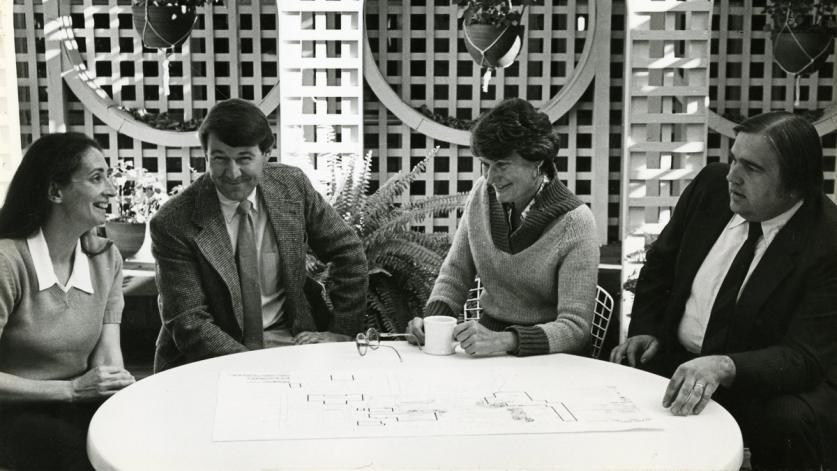
Johnson was born in Elizabeth, New Jersey, on September 6, 1929. She was the second child born to her parents. Her father was a lawyer, and her mother, a school principal. From them she inherited a love of the outdoors. She was shaped by the landscape experiences of her childhood spent in Killington, and Sherborn Valley, Vermont, as well as on the Gay Head Cliffs on Martha’s Vineyard in Massachusetts.
Her earliest memories of living in a consciously designed landscape were of her time as a student at Wellesley College, and in particular, her introduction to Frederick Law Olmsted, Jr.’s campus concept of building on the hills and leaving the valley open. She graduated in 1951 with a Bachelor of Arts in English.



